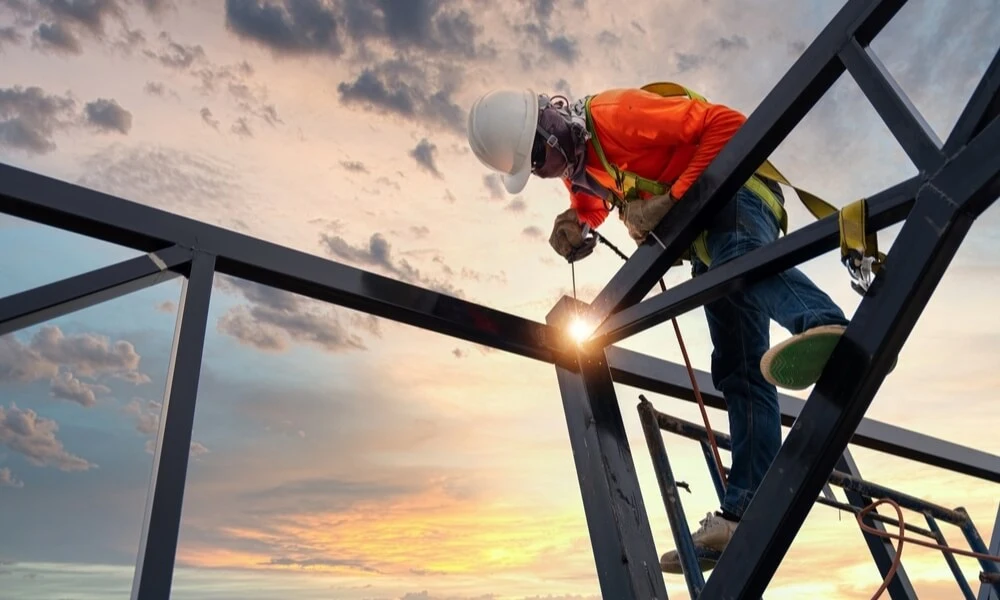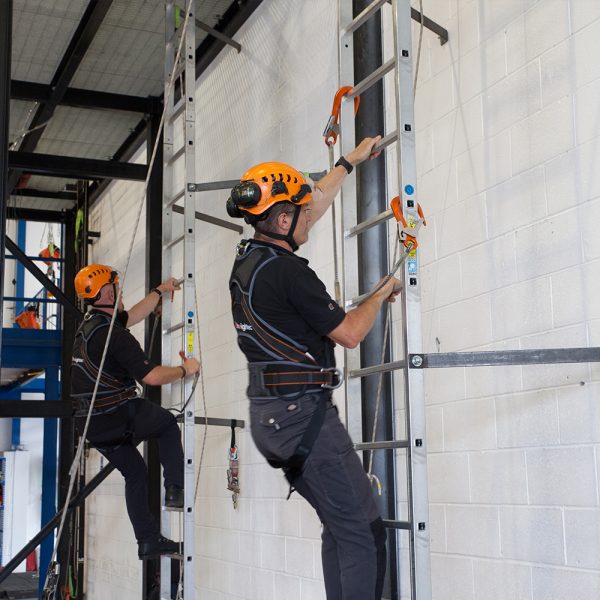The Silent Danger Above
Manage Work at Height responsibilities loom over Singapore’s construction and maintenance industries like an invisible threat, claiming lives and causing serious injuries with brutal efficiency each year. The statistics read like casualty reports from a forgotten conflict: dozens of workers—fathers, sons, brothers—plummeting to their deaths from scaffolding, rooftops, and platforms. In the gleaming cityscape of Singapore, where spectacular high-rises define the skyline, these accidents represent not just workplace incidents but profound human tragedies that ripple through families and communities.
The Regulatory Battlefield
The Workplace Safety and Health Act establishes clear battlelines for height safety in Singapore, with specific regulations focused on preventing these catastrophic falls. Recent amendments have strengthened these protections, creating:
- Mandatory risk assessment requirements before any height work begins
- Specific training qualification standards for workers and supervisors
- Detailed permit-to-work systems for high-risk operations
- Enhanced penalties for non-compliance that can reach $500,000
“Singapore’s regulatory framework represents one of the most comprehensive approaches to height safety in Asia,” notes a senior WSH Council advisor. “But regulations alone cannot protect workers without proper implementation.”
Risk Assessment: The First Line of Defence
The Critical Evaluation
Effective height management begins long before workers ascend ladders or mount scaffolds. Comprehensive risk assessment identifies potential hazards specific to each worksite:
- Structural integrity concerns of working surfaces
- Environmental factors like wind speed and precipitation
- Proximity hazards including power lines and moving equipment
- Access and egress paths for normal operations and emergencies
This process isn’t merely bureaucratic box-ticking—it’s the foundation upon which all subsequent safety measures stand, a detailed intelligence briefing before sending workers into potential danger.
The Human Factor: Workers at Risk
Understanding Vulnerability
Behind each statistic lies a human story. Veteran workers sometimes develop dangerous complacency—a deadlier threat than inexperience. Fatigue, pressure to complete tasks quickly, and miscommunication between teams create perfect conditions for catastrophe. Site managers report that workers sometimes disconnect safety harnesses temporarily “just to get one quick job done,” not recognizing this moment of convenience might be their last. The psychology of risk perception becomes a critical factor in protecting lives, requiring constant reinforcement of safety protocols despite the natural human tendency toward risk normalization.
Engineering Controls: Redesigning Danger
Eliminating the Threat
The most effective approach to height management involves eliminating the need for elevated work entirely. When high-level access proves unavoidable, engineering controls create multiple layers of protection:
- Permanent guardrails and parapet walls
- Temporary edge protection systems
- Safety nets positioned to catch falling workers
- Levated work platforms with integrated guardrails
“The hierarchy of controls prioritises elimination and substitution before relying on personal protective equipment,” explains a Singapore height safety consultant. “Every centimetre of fall prevented is better than the best arrest system.”
Personal Fall Protection: The Last Resort
When All Else Fails
When collective protection systems prove impractical, personal fall protection equipment becomes the critical final defence:
- Full-body harnesses distributed to every at-height worker
- Shock-absorbing lanyards and retractable lifelines
- Properly engineered anchor points tested to withstand fall forces
- Regular equipment inspection protocols with documented results
These systems require meticulous oversight—each component represents a potential failure point in the chain between life and catastrophic injury.
Training: Building Human Defences
The Knowledge Gap
Equipment without proper training creates dangerous illusions of safety. Comprehensive training programmes ensure workers understand:
- Proper harness fitting and adjustment techniques
- Recognition of hazardous situations requiring work stoppage
- Self-rescue methods to prevent suspension trauma
- Warning sign identification for equipment deterioration
This knowledge transfer transforms passive equipment users into active participants in their own protection, creating vital redundancy in safety systems.
Supervision: The Human Element
Eyes on the Ground
Even with perfect systems, human supervision remains irreplaceable. Effective height safety supervisors:
- Conduct pre-work briefings highlighting site-specific hazards
- Perform regular worksite inspections throughout operations
- Enforce immediate corrections when unsafe practices emerge
- Document near-misses for systemic improvement
Their presence represents not just oversight but continuous risk reassessment as conditions evolve during operations.
Emergency Response: When Systems Fail
The Critical Minutes
When prevention fails, response speed determines survival odds. Comprehensive emergency plans include:
- Practiced rescue procedures for suspended workers
- First-aid protocols specific to fall injuries
- Clear communication channels with emergency services
- Regular drills simulating various fall scenarios
These preparations acknowledge the uncomfortable truth that even perfect systems face failure risk—and prepare accordingly.
The Culture of Vigilance
Beyond Compliance
The most sophisticated safety systems falter without cultural support. Organizations that excel in height management foster environments where:
- Workers feel empowered to stop unsafe operations
- Near-miss reporting receives positive reinforcement
- Safety innovations earn recognition and implementation
- Leadership visibly participates in safety initiatives
This cultural foundation transforms height safety from regulatory compliance into organizational identity.
Conclusion: The Stakes Beyond Statistics
The difference between effective and inadequate height management isn’t measured merely in compliance percentages or safety audit scores. It’s calculated in workers who return home intact to their families each evening, in children who grow up with parents present, in communities that remain whole. In Singapore’s vertical working environment, where a momentary lapse can trigger irreversible consequences, the obligation to implement comprehensive systems to Manage Work at Height transcends regulatory requirements—it becomes a profound moral imperative.






